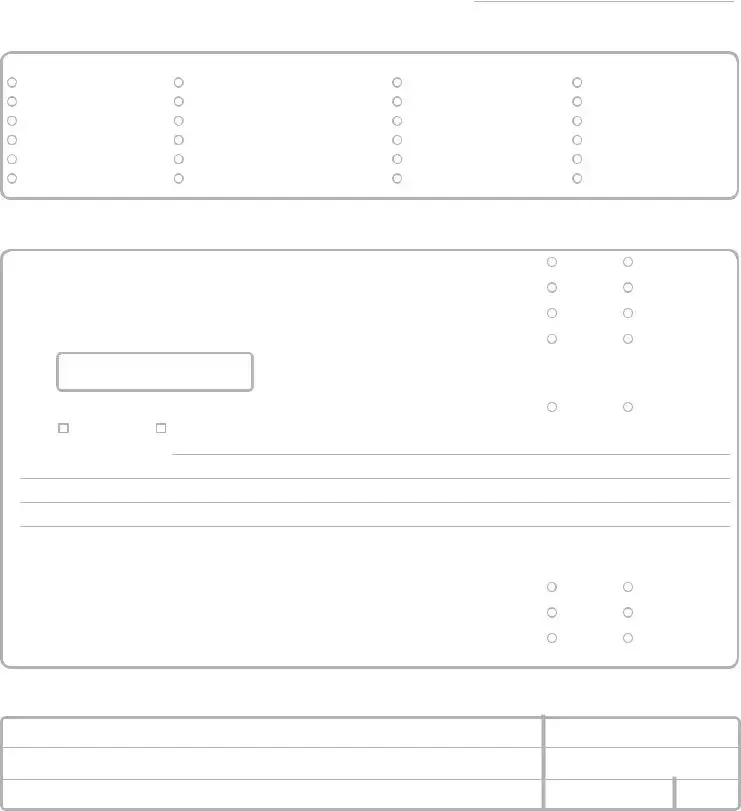2.MOOD Mood indicators have become worse as compared to status of 90
DECLINE days ago (or since last assessment if less than 90 days) |
0. No |
1. Yes |
3.BEHAVIORAL Instances when client exhibited behavioral symptoms. If EXHIBITED, ease of SYMPTOMS altering the symptom when it occurred.
0.Did not occur in last 3 days
1.Occurred, easily altered
2.Occurred, not easily altered
a.WANDERING—Moved with no rational purpose, seemingly oblivious to needs or safety
b.VERBALLY ABUSIVE BEHAVIORAL SYMPTOMS—Threatened, screamed at, cursed at others
c.PHYSICALLY ABUSIVE BEHAVIORAL SYMPTOMS—Hit, shoved, scratched, sexually abused others
d.SOCIALLY INAPPROPRIATE/DISRUPTIVE BEHAVIORAL SYMP- TOMS—Disruptive sounds, noisiness, screaming, self-abusive acts, sexual behavior or disrobing in public, smears/throws food/feces, rummaging, repetitive behavior, rises early and causes disruption
e.RESISTS CARE—Resisted taking medications/injections, ADL as- sistance, eating, or changes in position
4.CHANGES IN Behavioral symptoms have become worse or are less well tolerated BEHAVIOR by family as compared to 90 DAYS AGO (or since last assessment if
SYMPTOMS less than 90 days) |
|
0. No, or no change in behavioral symptoms |
1. Yes |
SECTION F. SOCIAL FUNCTIONING
1.INVOLVE- a. At ease interacting with others (e.g., likes to spend time with others)
MENT |
0. At ease |
1. Not at ease |
|
b. Openly expresses conflict or anger with family/friends |
|
0. No |
1. Yes |
2.CHANGE IN As compared to 90 DAYS AGO (or since last assessment if less than
SOCIAL 90 days ago), decline in the client's level of participation in social,
ACTIVITIES religious, occupational or other preferred activities. IF THERE WAS A |
DECLINE, client distressed by this fact |
0. No decline |
|
1. Decline, not distressed |
2. Decline, distressed |
3. ISOLATION a. Length of time client is alone during the day (morning and afternoon) |
0. Never or hardly ever |
1. About one hour |
|
2. Long periods of time—e.g., all morning |
3. All of the time |
|
b. Client says or indicates that he/she feels lonely |
0. No |
1. Yes |
SECTION G. INFORMAL SUPPORT SERVICES
SECTION H. PHYSICAL FUNCTIONING:
•IADL PERFORMANCE IN 7 DAYS
•ADL PERFORMANCE IN 3 DAYS
1.IADL SELF PERFORMANCE—Code for functioning in routine activities around the home or in the community during the LAST 7 DAYS,
(A)IADL SELF PERFORMANCE CODE (Code for client's performance during LAST 7 DAYS)
0.INDEPENDENT—did on own
1.SOME HELP—help some of the time
2.FULL HELP—performed with help all of the time
3.BY OTHERS—performed by others
8.ACTIVITY DID NOT OCCUR
(B)IADL DIFFICULTY CODE How difficult it is (or would it be) for client to do
activity on ownPerformance
0.NO DIFFICULTY
1.SOME DIFFICULTY—e.g., needs some help, is very slow, or fatiguesDifficulty
2.GREAT DIFFICULTY—e.g., little or no involvement in the activity is possible
a.MEAL PREPARATION—How meals are prepared (e.g., planning meals, cooking, assembling ingredients, setting out food and utensils)
b.ORDINARY HOUSEWORK—How ordinary work around the house is performed (e.g., doing dishes, dusting, making bed, tidying up, laundry)
c.MANAGING FINANCE—How bills are paid, checkbook is balanced, household expenses are balanced
d.MANAGING MEDICATIONS—How medications are managed (e.g., remembering to take medicines, opening bottles, taking correct drug dosages, giving injections, applying ointments)
e.PHONE USE—How telephone calls are made or received (with assistive devices such as large numbers on telephone, amplification as needed)
f.SHOPPING—How shopping is performed for food and household items (e.g., selecting items, managing money)
g.TRANSPORTATION—How client travels by vehicle (e.g., gets to places beyond walk- ing distance)
2.ADL SELF-PERFORMANCE—The following address the client's physical functioning in routine personal activities of daily life, for example, dressing, eating, etc. during the LAST 3 DAYS, considering all episodes of these activities. For clients who performed an activity indepen- dently, be sure to determine and record whether others encouraged the activity or were present to supervise or oversee the activity [Note—For bathing, code for most dependent single episode in LAST 7 DAYS]
0.INDEPENDENT—No help, setup, or oversight —OR— Help, setup, oversight provided only 1 or 2 times (with any task or subtask)
1.SETUP HELP ONLY—Article or device provided within reach of client 3 or more times
2.SUPERVISION—Oversight, encouragement or cueing provided 3 or more times during last 3 days —OR— Supervision (1 or more times) plus physical assistance provided only 1 or
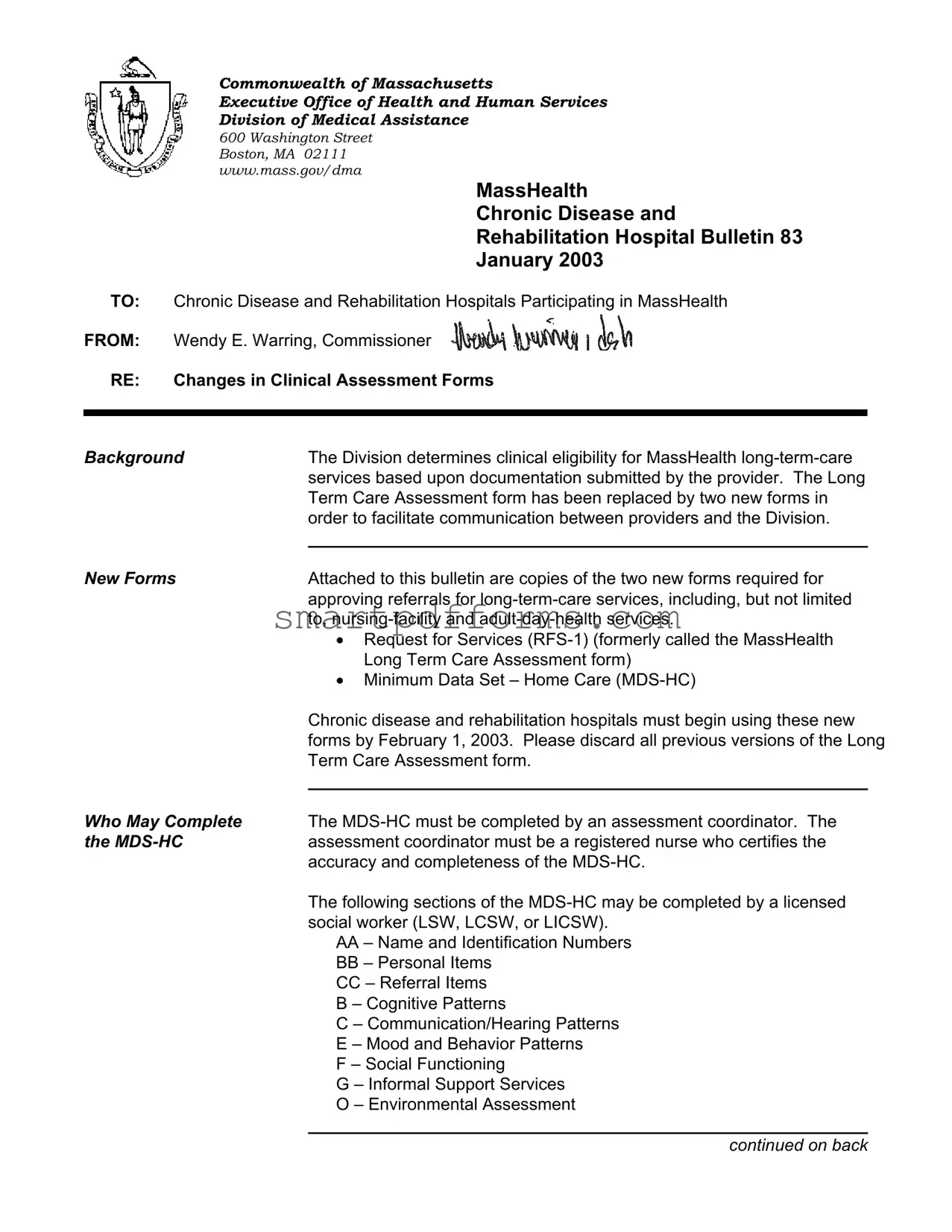


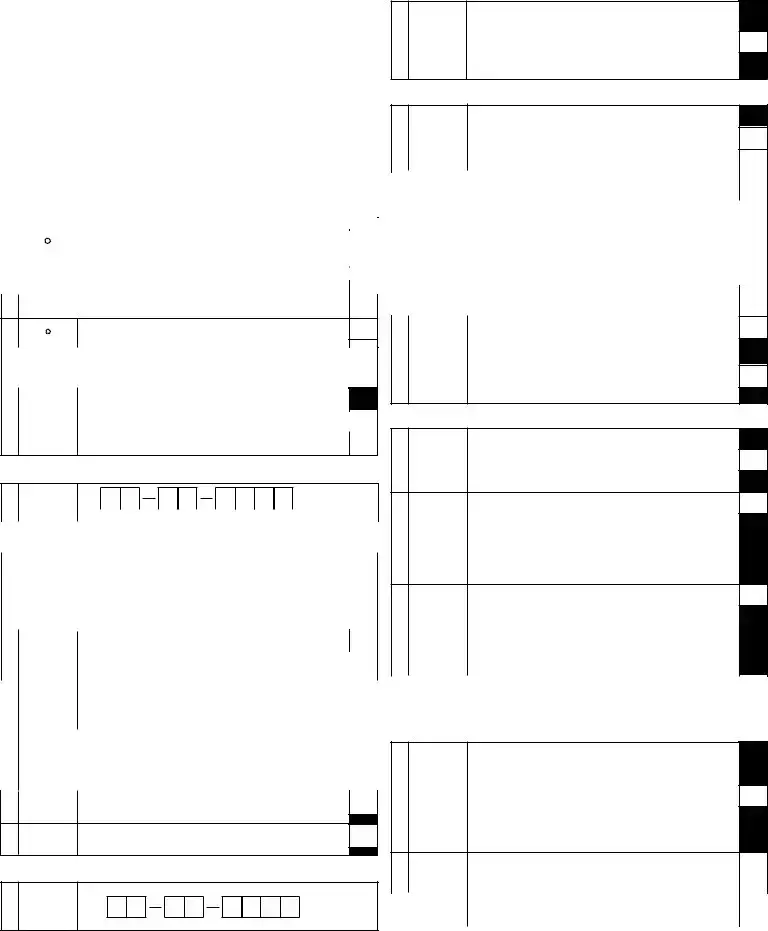
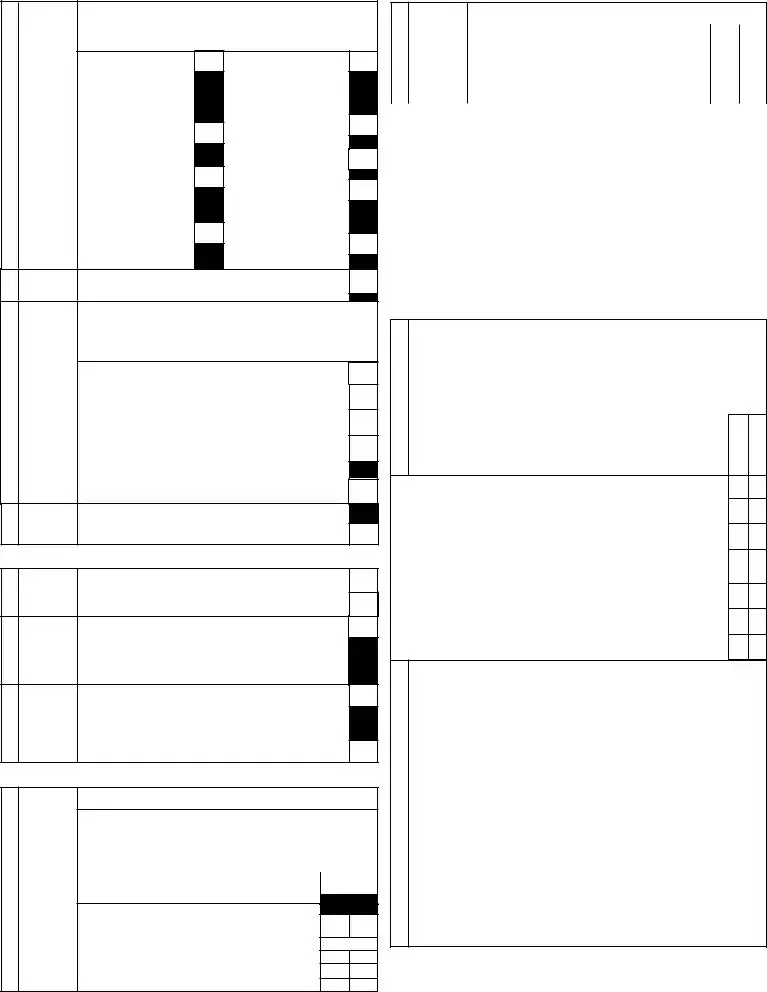
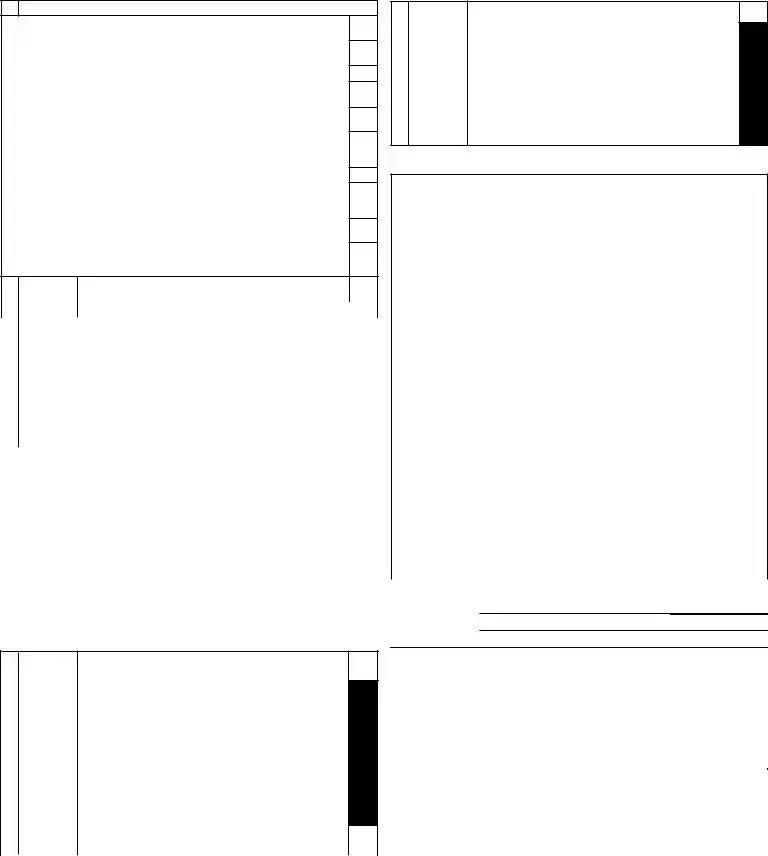
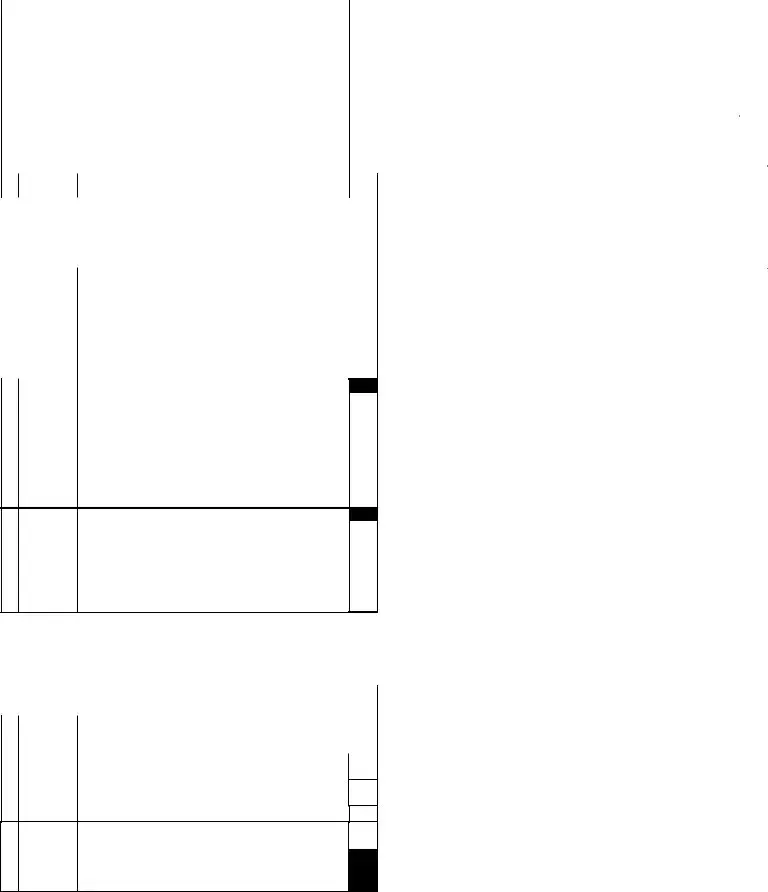
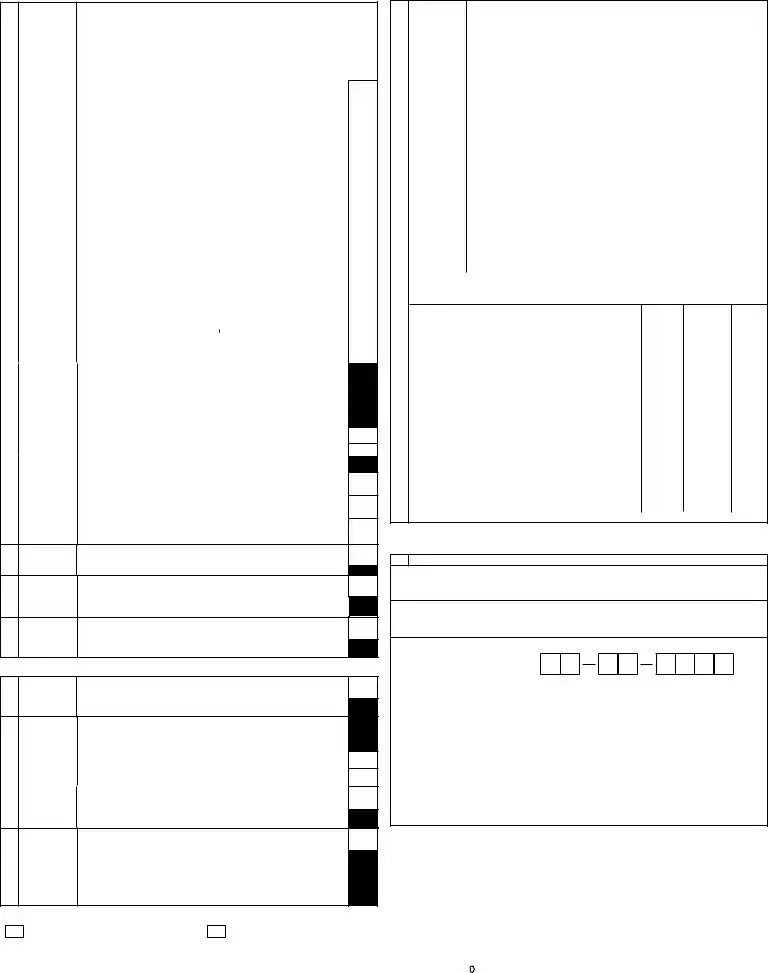
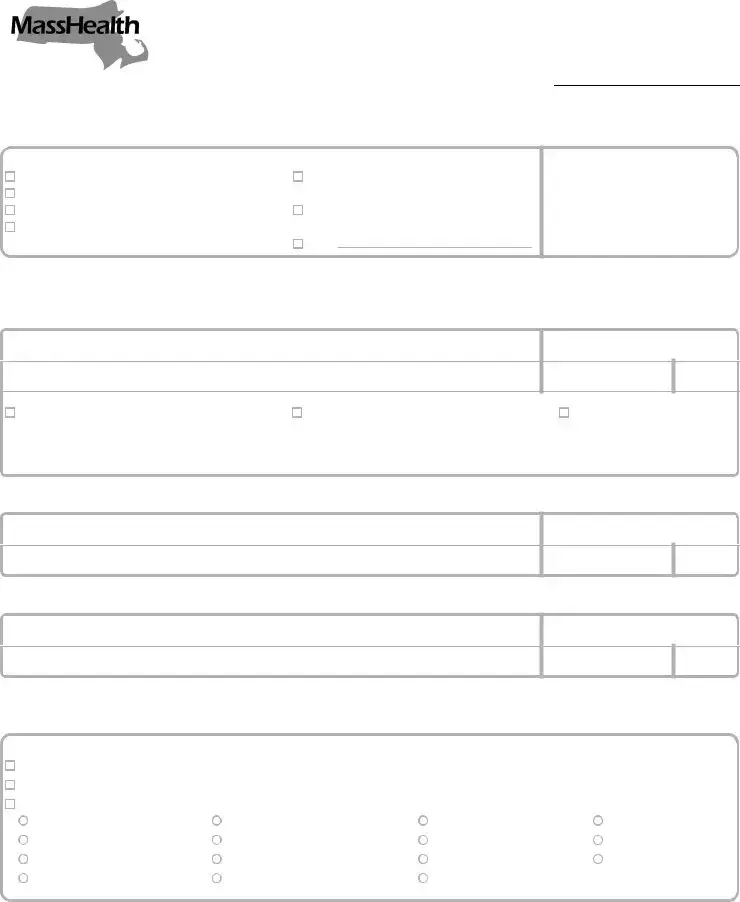
 Conversion
Conversion Continued stay
Continued stay Short term review
Short term review Transfer NF to NF
Transfer NF to NF Retrospective
Retrospective